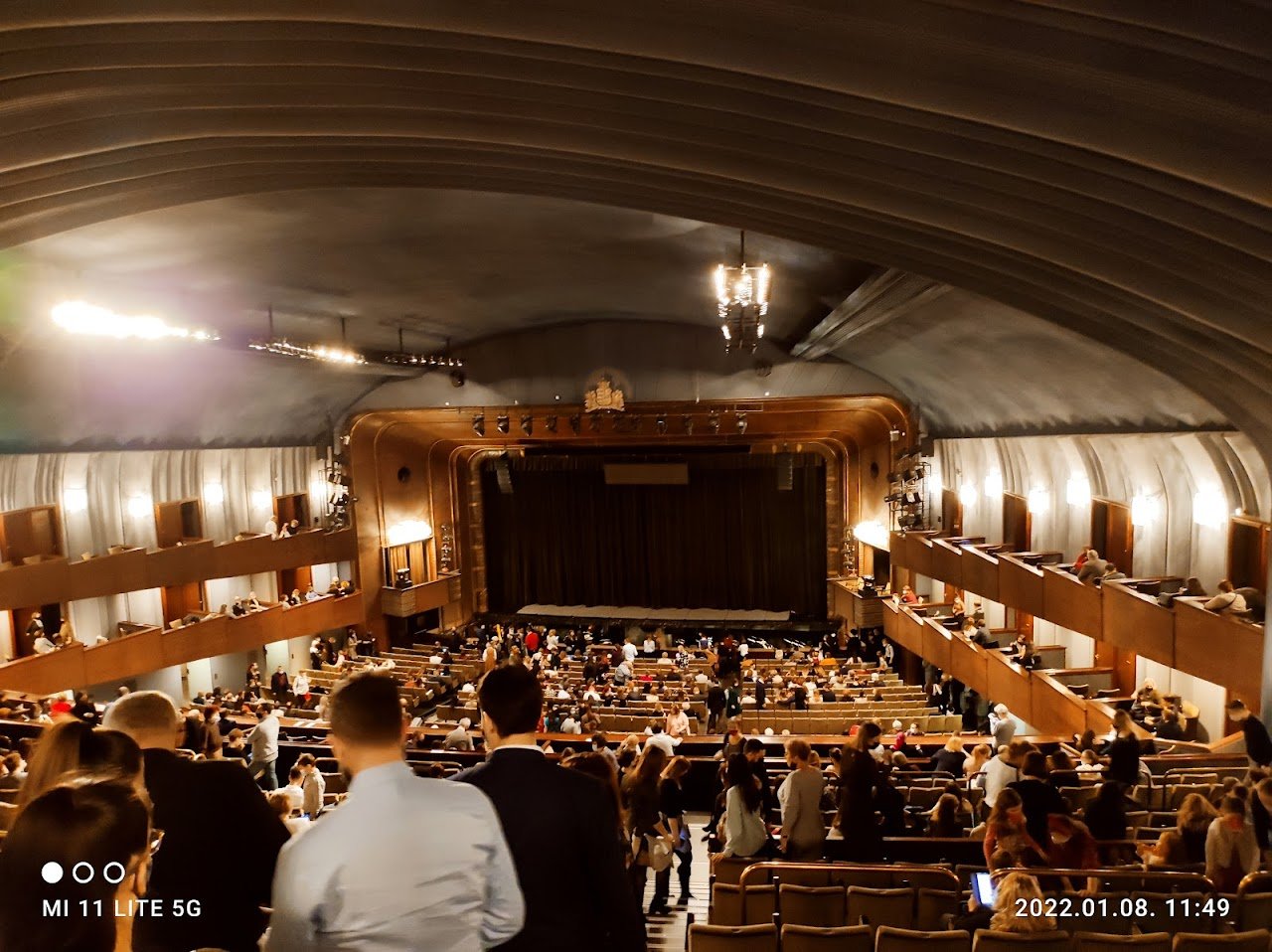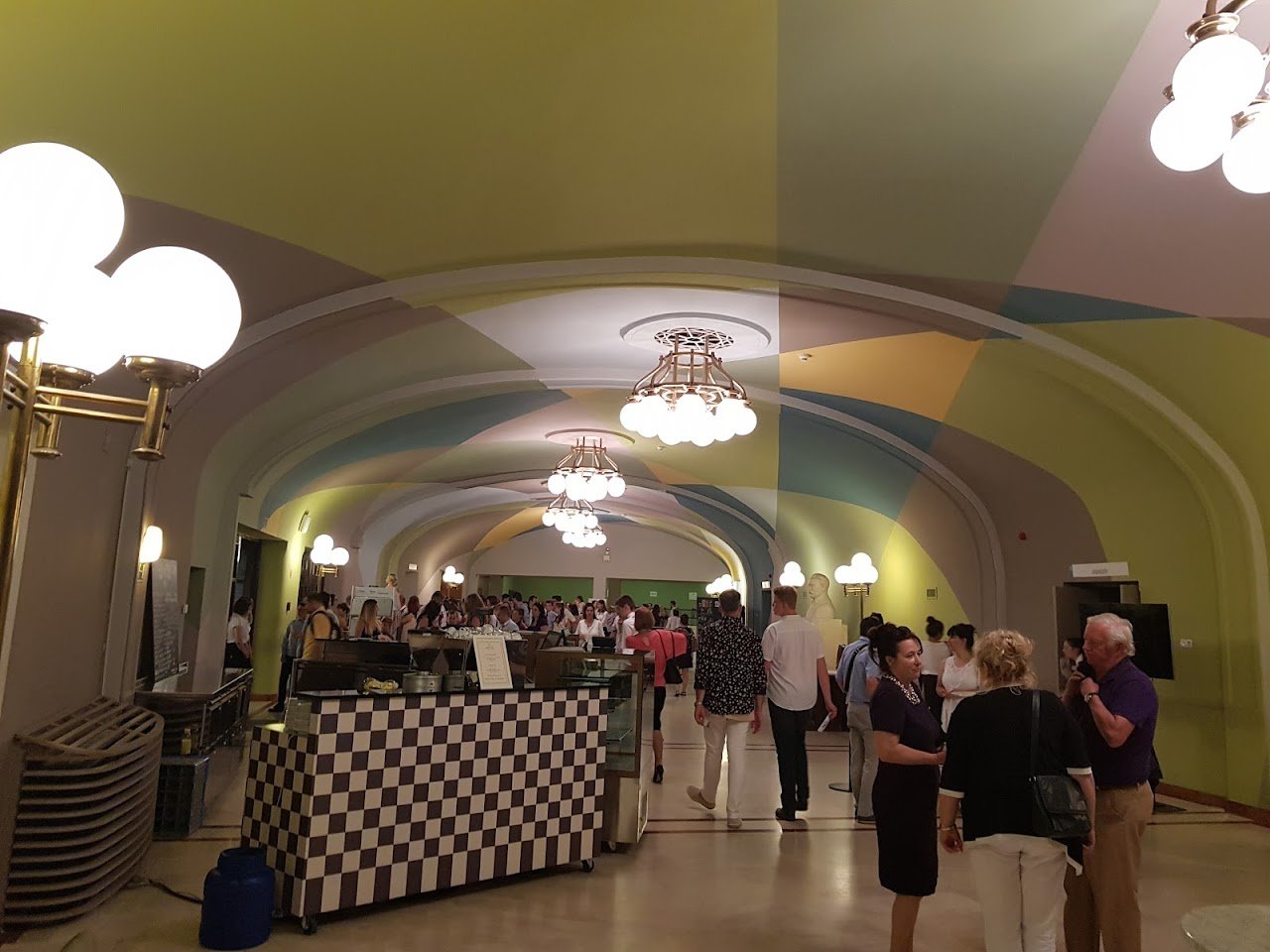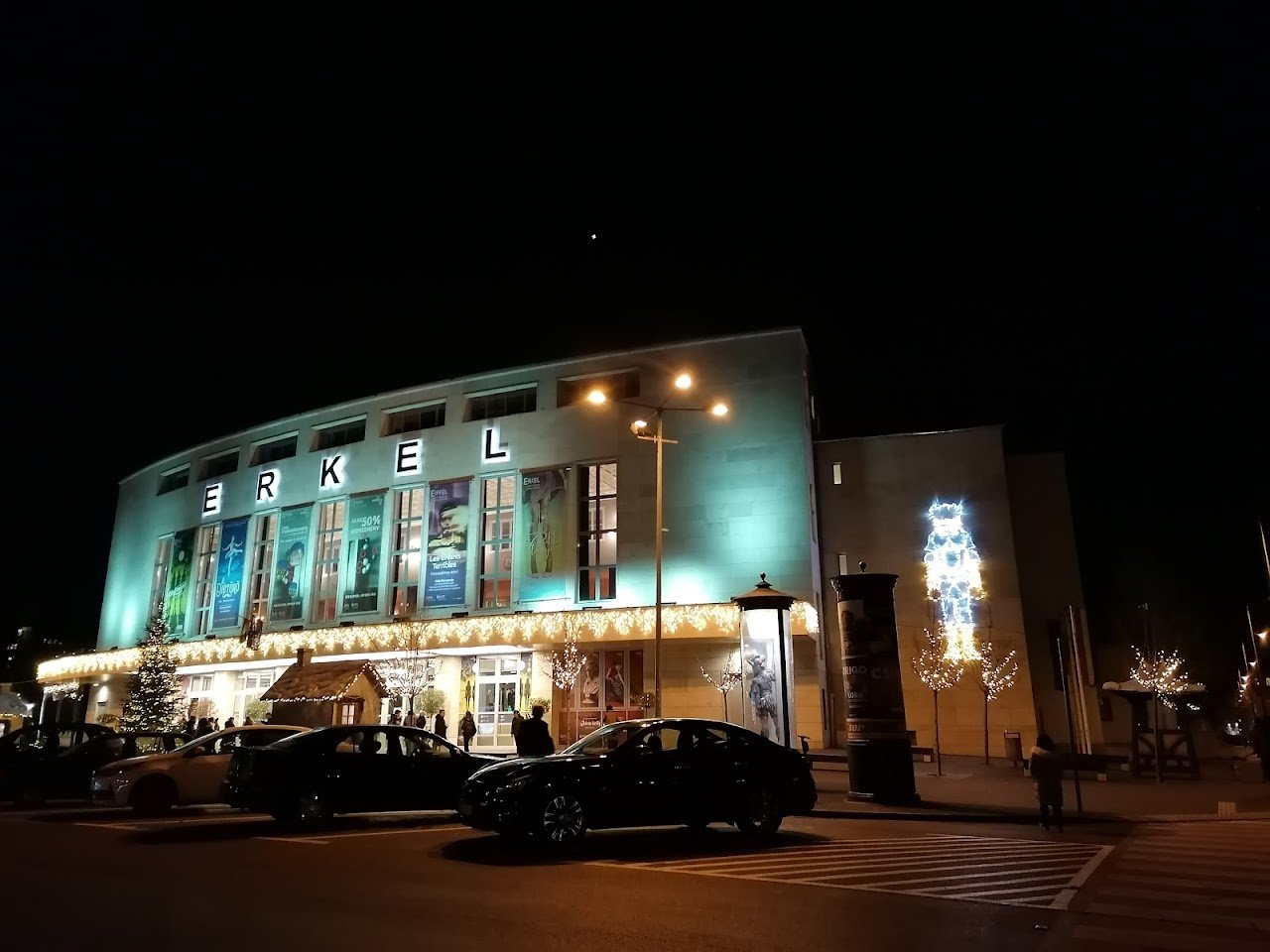Erkel Színház



Ask ThatchGPT
Suggest a local expert to plan my trip
Suggest an unique itinerary for my Budapest trip
What foods do Budapest locals eat
What are some true hidden gems in Budapest
Help me brainstorm trip ideas for Budapest
Help me plan a family-friendly trip to Budapest
What people say
Pedro Pereira
Available for hire
"The theatre was originally conceived as Népopera (The People's Opera) with the aim of bringing opera and cultural performances to the working class of Budapest. The Budapest city council played a significant role in its creation, providing the plot for free, but regulating its operation to ensure it was accessible to the masses. The theatre was built in just 9 months, designed by Dezső Jakab, Marcell Komor, and Géza Márkus, and opened in 1911.
The venue was designed to be a large, accessible space for the working class. It featured modern machinery and equipment, including an organ, with a stage measuring 14 meters wide and 8.5 meters tall, making it one of the largest in the city. The auditorium was also large, with a seating capacity that initially accommodated up to 2,400 people. A mural by Bertalan Pór added an artistic touch to the otherwise simple architectural style.
Despite its early successes, including a notable season with the complete works of Richard Wagner, the concept of a "People's Opera" proved difficult to sustain, especially during the disruption of World War I. The theatre closed in 1915 due to the war, but was reopened in 1917 under a new name, Városi Színház (City Theatre). The building continued to host various theatre companies and a wide range of performances, from dramatic plays to concerts.
Between 1940 and 1945, the theatre was managed directly by the city council, focusing on diverse performances, including collaborations with the Opera House and the National Theatre. From 1946 to 1948, it temporarily operated as a cinema before returning to its role as a performance venue.In 1951, the Erkel Theatre became part of the Hungarian State Opera House, which marked a new chapter in its history. In 1953, the theatre was renamed to Erkel Theatre, in honor of Ferenc Erkel, a renowned Hungarian composer, and it became a secondary venue for the Opera House.
Major renovations took place between 1959 and 1961, updating the building to modern standards while maintaining its grandeur. Over the decades, it became a hub for opera, ballet, and other major performances, often supplementing the larger Hungarian State Opera House.The theatre closed for extensive renovations between June 2007 and March 2013. The renovations modernized the facilities while preserving the building’s historical charm, including the restoration of the stage and audience areas.
Upon reopening in 2013, the Erkel Theatre resumed its role as a secondary stage for the Hungarian State Opera, offering a venue for large-scale productions that complement the main Opera House. The theatre continues to host performances, including operas, ballet, and concerts, serving as a key cultural institution in Budapest."
Read more in:
Mentioned in these guides
About Erkel Színház
Get the inside scoop on Erkel Színház from local experts, travel creators, and tastemakers. Browse genuine trip notes, Erkel Színház reviews, photos, travel guides, and itineraries from real travelers and plan your trip with confidence.
Save this spot for later or start mapping out a new trip today
Try our AI Travel Assistant and get instant answers to any questions about your trip.
Ask ThatchGPT
